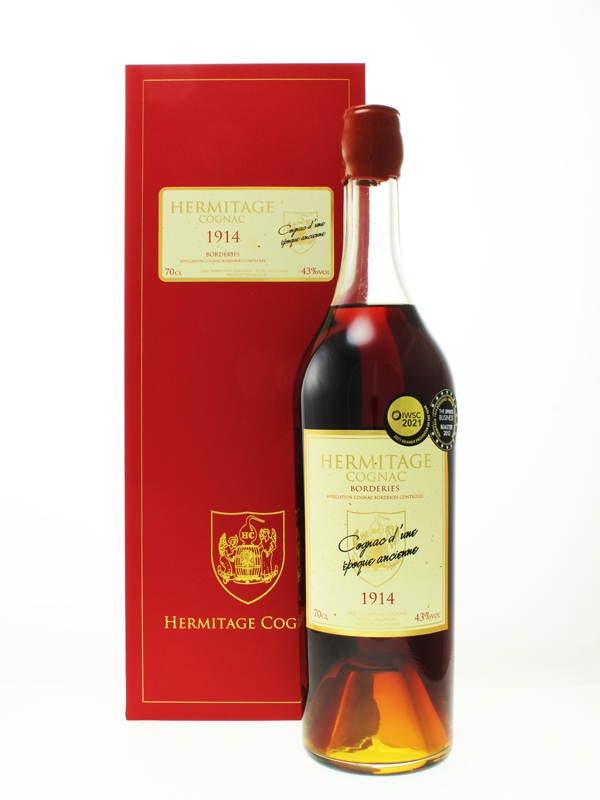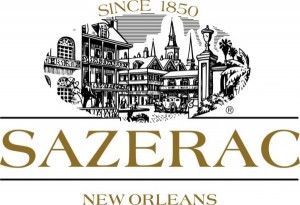The Australian Connection with Prunier
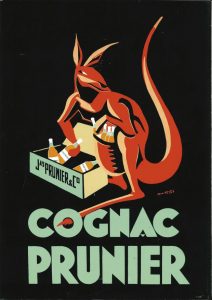 During the years after the gold rush in the 1850s, brandy became the most popular spirit in Australia. French companies were quick to seize the opportunity and in 1870 Prunier opened a branch there. A loyal following for the brand was built by their salesman, Émigré Ambroise Lamande. He lived in Melbourne with his pet kangaroo and it is this marsupial that is thought to have been the inspiration behind Maresté’s poster and 1929 advertising film. Reputed to be the first cinema advertisement for cognac ever made, it featured a cartoon kangaroo discovering cases of cognac washed up on a beach and gleefully stuffing her pouch with the bottles! However, the global economic depression of the time and rising tensions in Europe led to a dramatic decline in demand for cognac in Australia. In 1938 Prunier closed its Melbourne branch and within a decade or so the brand had all but disappeared. That is, until very recently, when a customer walked into a new wine & spirits shop and enquired about Prunier cognacs. The owner had never heard of them, so he did some research. Impressed by the brandies and the historical connection he decided to start stocking the range. The reaction has been overwhelming, and he now sells more of Prunier’s rare and very expensive vintage cognacs than any other outlet in the world. Another good example of how superior quality and historical knowledge increases the value and pleasure derived from your cognac.
During the years after the gold rush in the 1850s, brandy became the most popular spirit in Australia. French companies were quick to seize the opportunity and in 1870 Prunier opened a branch there. A loyal following for the brand was built by their salesman, Émigré Ambroise Lamande. He lived in Melbourne with his pet kangaroo and it is this marsupial that is thought to have been the inspiration behind Maresté’s poster and 1929 advertising film. Reputed to be the first cinema advertisement for cognac ever made, it featured a cartoon kangaroo discovering cases of cognac washed up on a beach and gleefully stuffing her pouch with the bottles! However, the global economic depression of the time and rising tensions in Europe led to a dramatic decline in demand for cognac in Australia. In 1938 Prunier closed its Melbourne branch and within a decade or so the brand had all but disappeared. That is, until very recently, when a customer walked into a new wine & spirits shop and enquired about Prunier cognacs. The owner had never heard of them, so he did some research. Impressed by the brandies and the historical connection he decided to start stocking the range. The reaction has been overwhelming, and he now sells more of Prunier’s rare and very expensive vintage cognacs than any other outlet in the world. Another good example of how superior quality and historical knowledge increases the value and pleasure derived from your cognac.

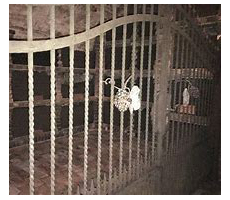 Not every cognac house has a Paradis – a designated area in the innermost recess of their cellar – but those that exist are steeped in history. Back in the early eighties, having discovered a cognac which I really liked, I went to the Charente to try and discover its origin. I ended up in Cognac’s twin town, Jarnac, standing in front of an elegant wrought iron gate with an imposing key. Behind it were about 100 very dusty bonbonnes, each with a chalk board describing what was in them. What an eye opener – they contained cognacs which dated from as early as 1805. Each bonbonne (a sort of demijohn in a basket), contained about 30 litres of prized spirits and was sealed with wax to maintain its superior qualities.
Not every cognac house has a Paradis – a designated area in the innermost recess of their cellar – but those that exist are steeped in history. Back in the early eighties, having discovered a cognac which I really liked, I went to the Charente to try and discover its origin. I ended up in Cognac’s twin town, Jarnac, standing in front of an elegant wrought iron gate with an imposing key. Behind it were about 100 very dusty bonbonnes, each with a chalk board describing what was in them. What an eye opener – they contained cognacs which dated from as early as 1805. Each bonbonne (a sort of demijohn in a basket), contained about 30 litres of prized spirits and was sealed with wax to maintain its superior qualities.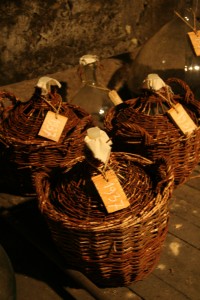 Many cognac families select a few of their finest cognacs for storage in the Paradis. The point when a cognac has gained all the benefit it can from the wood depends on many factors but ultimately, it is when the cellar master decides that it has reached its optimum quality. At this stage the cognac is put into glass bonbonnes and sealed so that the generations of gentle maturation in the barrel are preserved. A cognac that has lasted in oak without deterioration for perhaps 60, 70, 80 or even 90 years is going to be good, very good and will have developed the much sought after
Many cognac families select a few of their finest cognacs for storage in the Paradis. The point when a cognac has gained all the benefit it can from the wood depends on many factors but ultimately, it is when the cellar master decides that it has reached its optimum quality. At this stage the cognac is put into glass bonbonnes and sealed so that the generations of gentle maturation in the barrel are preserved. A cognac that has lasted in oak without deterioration for perhaps 60, 70, 80 or even 90 years is going to be good, very good and will have developed the much sought after 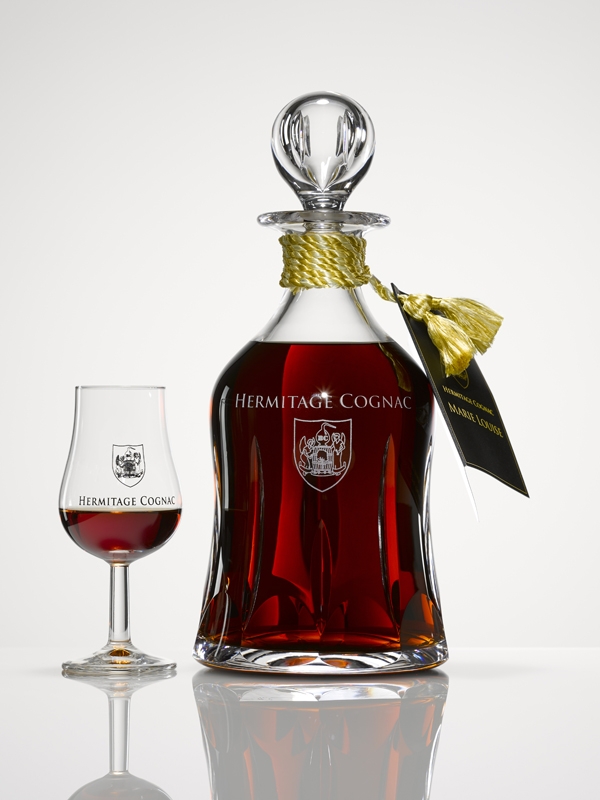
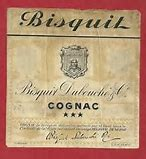 Alexandre Bisquit established his famous cognac trading house in Jarnac in 1819. When his daughter married Adrien Dubouché in
Alexandre Bisquit established his famous cognac trading house in Jarnac in 1819. When his daughter married Adrien Dubouché in 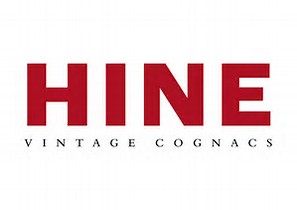 The famous cognac house of
The famous cognac house of 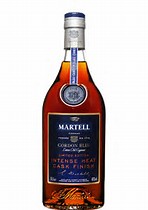 Previously we reported that Martell had introduced their first non-chill filtered cognac. Since then they have also released an ‘Intense Heat Cask Finish’. Adding a finish to cognac is new territory for the industry as the production process is heavily regulated by the Bureau National Interprofessionnel du Cognac (BNIC). Martell, however, have produced their ‘finish’ within current rules. Their ‘Intense Heat Cask Finish’ refers to the intense burning of the oak barrels used for ageing. The result is a cognac with intensely woody tones. Toasting the oak barrels to varying degrees has always been an accepted part of cognac production so this ‘Intense Heat Cask Finish’ should be allowable. In the spirits industry, the phrase ‘Adding a Finish’ usually applies to the use of other used barrels e.g. ones previously containing sherry – we wait to hear the BNIC view on that!
Previously we reported that Martell had introduced their first non-chill filtered cognac. Since then they have also released an ‘Intense Heat Cask Finish’. Adding a finish to cognac is new territory for the industry as the production process is heavily regulated by the Bureau National Interprofessionnel du Cognac (BNIC). Martell, however, have produced their ‘finish’ within current rules. Their ‘Intense Heat Cask Finish’ refers to the intense burning of the oak barrels used for ageing. The result is a cognac with intensely woody tones. Toasting the oak barrels to varying degrees has always been an accepted part of cognac production so this ‘Intense Heat Cask Finish’ should be allowable. In the spirits industry, the phrase ‘Adding a Finish’ usually applies to the use of other used barrels e.g. ones previously containing sherry – we wait to hear the BNIC view on that!